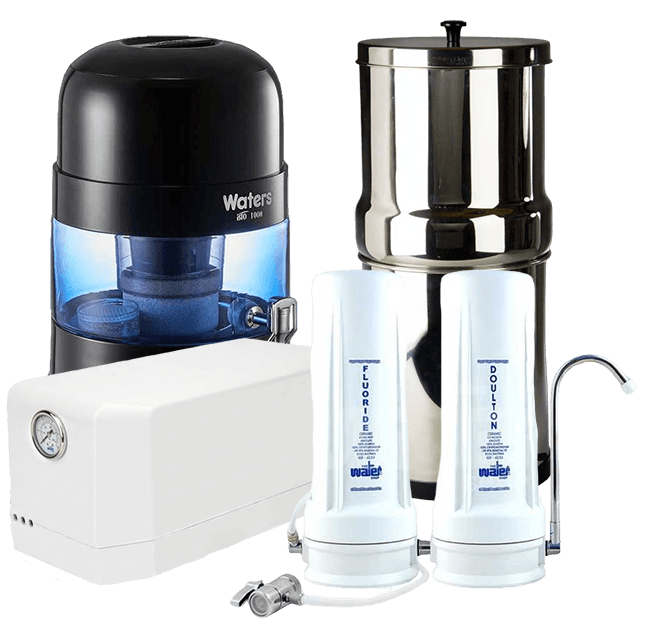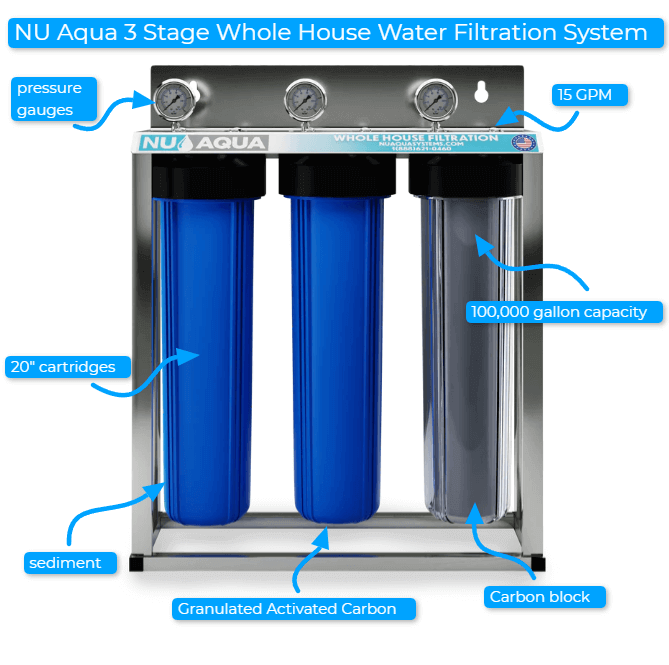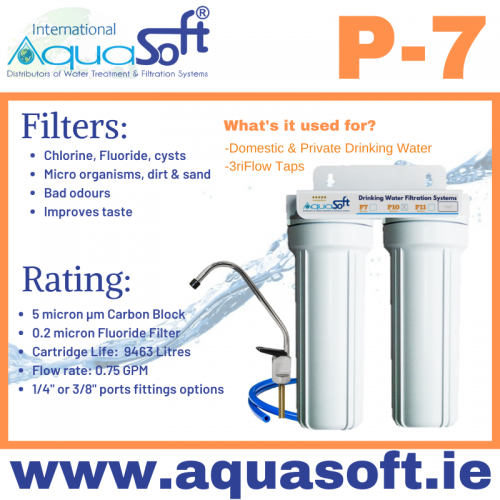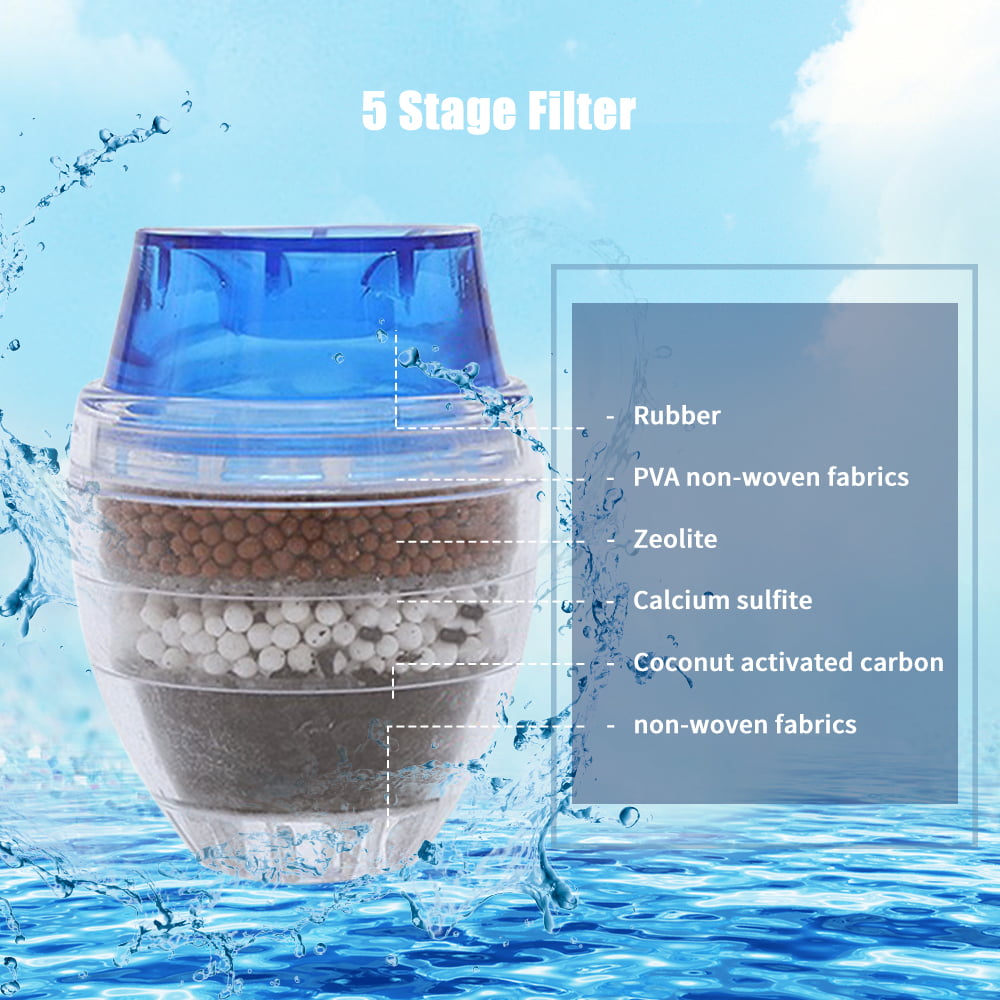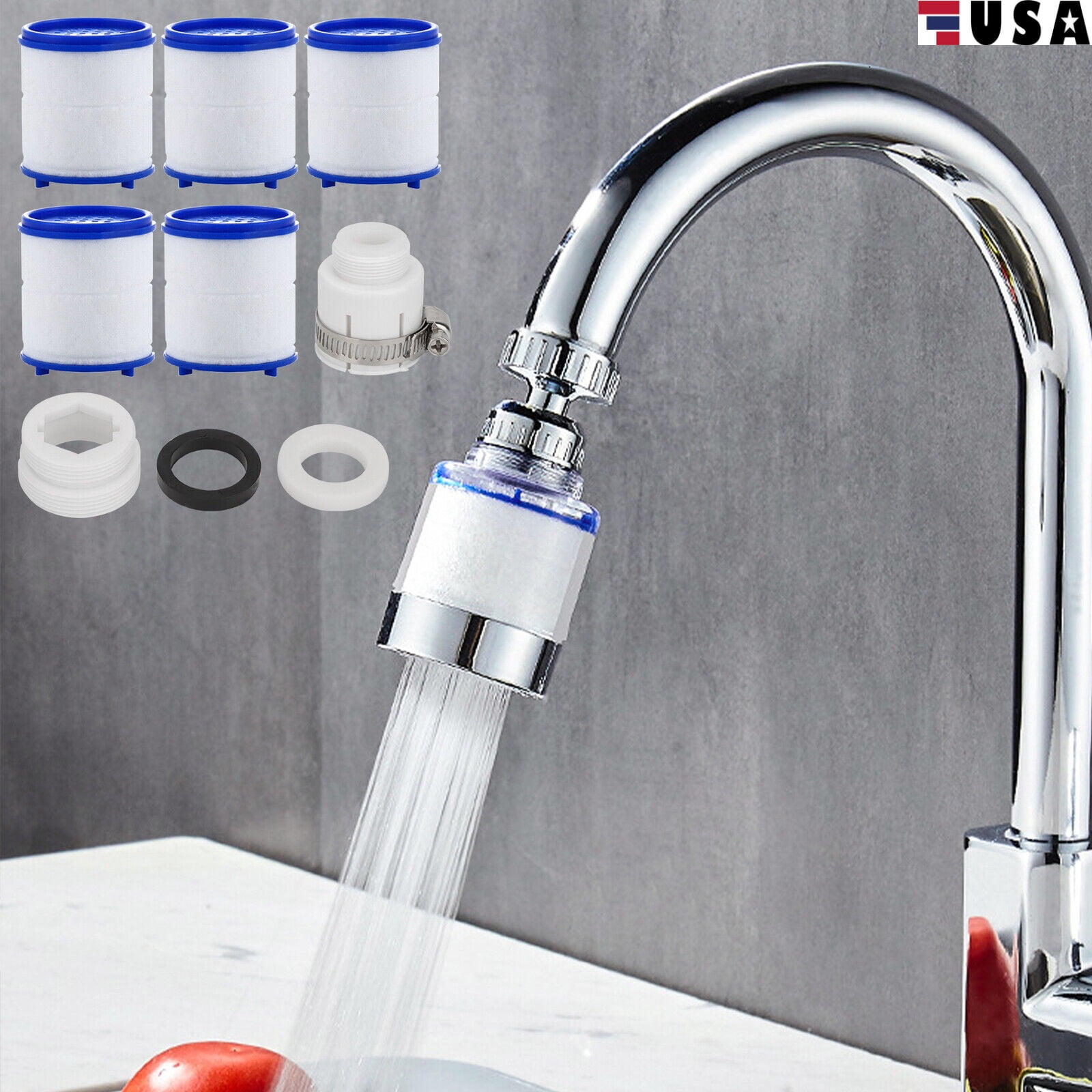Water Filter That Filters Fluoride And Chlorine

The debate surrounding water fluoridation, a practice intended to improve dental health, continues to simmer in communities worldwide. Simultaneously, concerns about chlorine, a disinfectant widely used in municipal water systems, persist. Now, a new water filter claiming to effectively remove both fluoride and chlorine is entering the market, sparking both excitement and scrutiny.
This new filtration system promises cleaner, better-tasting water while addressing concerns related to the potential health impacts of fluoride and the unpleasant taste and odor associated with chlorine. Understanding the science behind these claims, the potential benefits and drawbacks, and the perspectives of experts and consumers is crucial to evaluating the significance of this development.
The Science Behind the Filter
The filter utilizes a multi-stage filtration process. This typically involves a combination of activated alumina for fluoride removal and activated carbon for chlorine removal.
Activated alumina is a form of aluminum oxide that acts as an adsorbent, attracting and binding fluoride ions to its surface. Activated carbon, on the other hand, effectively removes chlorine, chloramine, and volatile organic compounds (VOCs) through adsorption and catalytic reduction.
The filter's efficiency depends on several factors, including the flow rate of water, the concentration of fluoride and chlorine in the water supply, and the quality and quantity of the filtration media. Manufacturers typically provide performance specifications, including the filter's lifespan and the percentage of fluoride and chlorine it can remove.
Fluoride: A Contentious Issue
Water fluoridation has been a public health measure in many countries for decades. The goal is to prevent tooth decay, particularly in children.
The American Dental Association (ADA) and the Centers for Disease Control and Prevention (CDC) endorse water fluoridation as safe and effective. However, opponents raise concerns about potential health risks, including skeletal fluorosis and neurological effects.
Organizations like the Fluoride Action Network (FAN) actively campaign against water fluoridation. They cite studies suggesting potential adverse health effects and argue for individual choice in fluoride consumption.
Chlorine: Disinfection and Discomfort
Chlorine is a widely used disinfectant in municipal water systems. It effectively kills bacteria and viruses, ensuring the safety of drinking water.
However, chlorine can react with organic matter in water to form disinfection byproducts (DBPs), such as trihalomethanes (THMs) and haloacetic acids (HAAs). These DBPs are regulated by the Environmental Protection Agency (EPA) due to potential long-term health risks.
Furthermore, chlorine can impart an unpleasant taste and odor to water, making it less palatable. Many consumers seek to remove chlorine from their drinking water to improve its taste and smell.
Expert Opinions
Dr. Emily Carter, a water quality specialist, states, "While water fluoridation remains a controversial topic, chlorine disinfection is essential for public health. A filter that effectively removes both substances could offer a solution for those with concerns about either."
However, she cautions, "It's crucial to verify the filter's performance through independent testing. Claims of high removal rates should be backed by credible data."
Dr. David Lee, a dentist, notes, "While fluoride is beneficial for dental health, individuals should have the right to choose whether or not to consume it. This filter provides an option for those who prefer fluoride-free water."
Consumer Perspectives
Many consumers are drawn to the filter due to concerns about the potential health effects of fluoride and the unpleasant taste of chlorine. "I've been worried about fluoride for years," says Sarah Miller, a mother of two. "This filter gives me peace of mind."
Others are simply looking for better-tasting water. "Our tap water smells strongly of chlorine," explains John Davis. "This filter makes it much more palatable."
However, some consumers are skeptical of the claims made by the manufacturer. "I want to see independent testing data before I trust this filter," says Lisa Chen. "I need proof that it actually works."
Potential Benefits and Drawbacks
The potential benefits of the filter include improved water taste and odor, reduced exposure to fluoride and chlorine, and increased peace of mind for consumers. However, potential drawbacks include the cost of the filter and replacement cartridges, the need for regular maintenance, and the possibility of reduced fluoride exposure, which could impact dental health if no alternative fluoride source is used.
Proper installation and maintenance are crucial to ensure the filter's effectiveness. Users must follow the manufacturer's instructions carefully and replace the cartridges as recommended.
Additionally, it is important to consider the potential impact on dental health if fluoride is completely removed from the water supply. Individuals who choose to use a fluoride-removing filter may need to consider alternative sources of fluoride, such as fluoride toothpaste or mouthwash.
Looking Ahead
The emergence of this new water filter reflects growing consumer awareness of water quality and a desire for greater control over their drinking water. As more consumers seek alternatives to conventional tap water, the market for water filtration products is likely to continue to grow.
However, it is crucial that consumers carefully evaluate the claims made by manufacturers and seek independent verification of filter performance. Regulatory agencies should also play a role in ensuring that water filtration products meet safety and performance standards.
Ultimately, the decision of whether or not to use a water filter that removes fluoride and chlorine is a personal one. It should be based on individual preferences, concerns, and a thorough understanding of the potential benefits and drawbacks.









